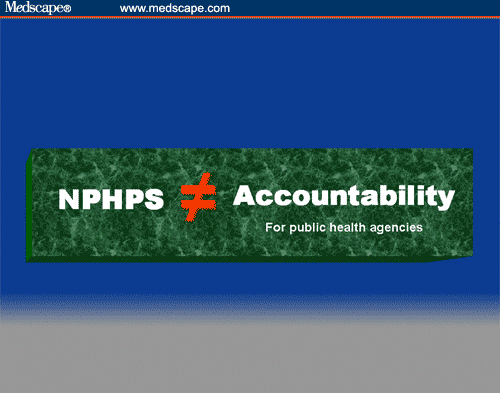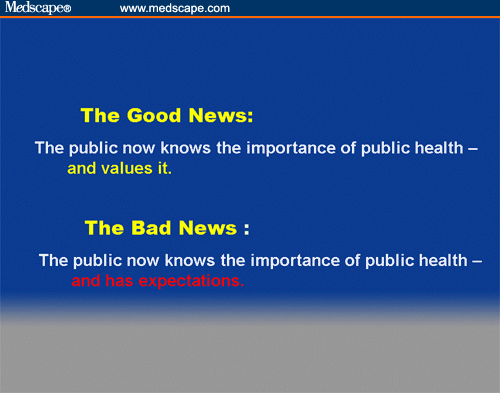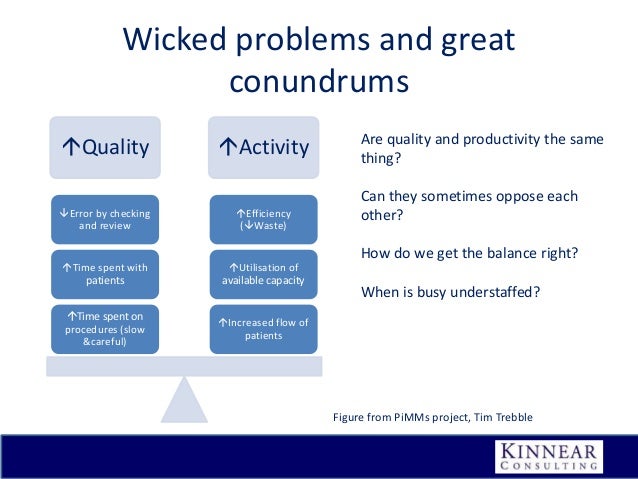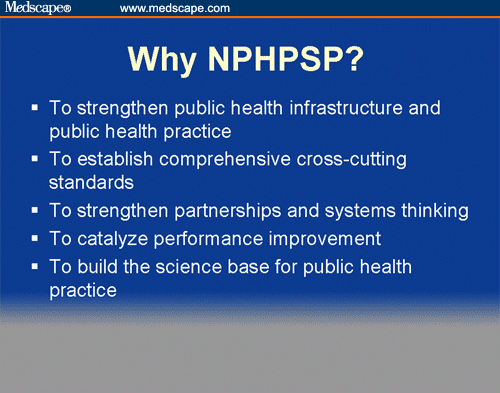Table of Content
To create an effective performance improvement plan, it’s important to focus holistically on educating and engaging both clinicians and patients using strategies targeted at the quality measures you’d like to improve. In this article, we’ll walk through four areas that frequently appear on payer scorecards and give recommendations for improving your outcomes in these areas. In collaboration with the local senior leadership team at Southern Maine Healthcare, the Director will develop, implement, and enhance programs and initiatives for achieving the organization's strategic priorities in clinical care and business operations. The Director will lead the deployment of PI methods such as Lean, Six Sigma, and High Performance Management Systems to enable process improvements, system growth, frontline strategy alignment, and innovation. This will require developing partnerships, leading workgroups, and coaching fellow leaders across departmental boundaries to deploy strategic initiatives while leveraging structured project management, change management, behavioral science, and improvement science knowledge and skills. The Director will supervise and mentor performance improvement practitioners and coaches, develop and implement systems for measuring PI, analyze performance data, and support strategic planning efforts as needed.
The way CMS calculates and report the star ratings now is based on input from stakeholders and ongoing data analysis. CMS hope that you'll review the new information and will give us input. The Centers for Medicare & Medicaid Services has built theCare Comparewebsite onMedicare.govas a key tool to help consumers choose a home health care provider. It's designed to be an easy-to-access, convenient official source of information about provider quality. With a career at any of the MaineHealth locations, you'll be working with health care professionals that truly value the people around them - both within the walls of the organization and the neighborhoods that surround it.
Senior Consultant M&A Transaction Services - Value Creation (m/w/d)
In addition to professional clinical staff, inclusion of home health aides in learning SBAR is essential. Providing them with a pocket card can assist them in communicating their observations to other care providers. SBAR may also be utilized by patients and their care partners to organize the information prior to contacting the physician. A sample guideline for patients and care partners can be provided in the PHR . The updated medication record, along with the goal identification sheets for the patient, and a form to list questions to ask at the PCP visit all serve to increase collaboration between patient, care partners, and clinicians. It is also important to have the patient identify their "care partner" as the person they perceive as being the most supportive in meeting their healthcare goals.

As home health agencies face increased pressure to move toward value-based delivery models, developing, implementing, and maintaining an effective QAPI program is essential to ensure success with the quadruple aim. Yet while many agencies have a pulse on their outcomes, they often encounter difficulty in implementing targeted performance improvement projects. Performance improvement projects are important not only for regulatory compliance, but when the processes of performance improvement work effectively, home health agencies can see a positive difference in their care quality, outcomes, patient satisfaction, and publicly reported performance scores.
Performance Improvement Projects Texas Health and …
The following tools and resources are categorized to assist nursing homes in developing an effective QAPI program, which is the foundation of a strong quality improvement program. Nursing homes can use these tools as they problem-solve, address new challenges, and strive to embed QAPI principles and performance improvement projects into their day to day work and culture. The performance improvement project process includes identifying opportunities and implementing measures designed to improve the quality of patient care as well as organizational performance.

This may be a family member, friend, significant other, healthcare proxy, or even a neighbor. Having another person who is knowledgeable of their healthcare needs can assist them as the role of the home care nurse, therapist, and home health aide decreases. Also, encouraging the patient to take the PHR to the PCP/specialist visit provides an opportunity for dialogue and to update the PHR.
About CMS
Care transitions are identified as a time of increased vulnerability for patients, particularly those with complex care needs . FigureThis was the prevailing thought in one home health agency as rehospitalization rates often exceeded the 30th percentile in Outcome-Based Quality Improvement scores. OBQI scores are calculated by the Centers for Medicare and Medicaid to compare achievement of patient outcomes among HHAs. These scores also allow agencies to compare their scores with the national average .

Having a Quality Assurance and Performance Improvement program is mandated by the new Home Health Conditions of Participation . While home health agencies should already have their QAPI programs up and running, you have until July 13, 2018 to implement and document at least one performance improvement project to ensure compliance with the CoPs. CMS usually updates the HH QRP claims-based measure results every year. However, due to the COVID-19 Public Health Emergency HHQRP data submission requirements for the Q4 2019, Q1 2020, and Q quarters were exempted. The missing data for Q and Q will impact what is displayed on Care Compare; therefore, public reporting of home health agencies' data will freeze after the October 2020 refresh.
Rediscovering Quality: Prioritizing Interventions
One of the most important process measures for agencies is timely initiation of care. Because the risk of readmission is highest in the first seven days , agencies are penalized if they don’t make an initial visit to the patient’s home within the first 48 hours. HEALTHCAREfirst offers industry leading quality management solutions including home health software, HHCAHPS surveys, and clinical analytics that simplify QAPI requirements and ensure you provide the highest quality of care.

Medication reconciliation is a requirement of the home care admission visit, in order to respond to the often-conflicting information between the medication list accompanying the patient home from the hospital or physician's office and what the patient reports they actually take at home. This information is also required to enable completion of the OASIS-C document. Coleman identified the need to focus on coaching or motivational interviewing to assist patients and their care partners in becoming more able to "self-manage" their chronic illnesses (Coleman et al., 2006).
Technical documentation for calculating potentially avoidable event measures can be accessed via the link to Technical Documentation of OASIS-Based Measures in theDownloadssection below. TheDownloadssection also has a link for the Outcome-Based Quality Monitoring Manual which contains additional information about the PAE measures. Please don't send any identifiable patient information through the mail, including medical record numbers, dates of birth, service dates , or any other data items considered identifiers or Protected Health Information under HIPAA. Please note that as per A&M policy, we do not accept unsolicited resumes from third-party recruiters unless such recruiters were engaged to provide candidates for a specified opening. Any employment agency, person or entity that submits an unsolicited resume does so with the understanding that A&M will have the right to hire that applicant at its discretion without any fee owed to the submitting employment agency, person or entity. A&M’s dedicated PEPI professionals work with Investors and their portfolio companies to provide independent analysis and end to end services across the investment life cycle that deliver results in every economic cycle.

Discuss the impact of the interventions over time, utilizing charts and graphs for easy understanding. Have each member of the team sign off on the project charter, indicating their understanding of the purpose and approach to the project. Identify who will provide overall direction and oversee financing for the project, who will coordinate the activities of the project team, and who will manage the day-to-day project operations. Your goals should be clearly stated, describing what your agency or QAPI team intends to accomplish. Be brief and specific, describing when and how often the problem occurs, and what the impact is on your patients and your agency when it occurs. For a list of the potentially avoidable event measures, please refer to the Home Health PAE Measures Table, which can be located via the link to the Home Health Measures Tables in theDownloadssection below.
Findings of this study led to the development of four pillars or interventions to resolve these issues identified as creating the most difficulty and turmoil to patients and their care partners following discharge from the hospital (Coleman, 2003; Coleman et al., 2002). While the current draft of the Conditions of Participation for Home Health Agencies Interpretive Guidelines does not provide any guidance regarding what surveyors should look for when it comes to performance improvement projects, there are steps that your agency should follow to ensure compliance. Process measures evaluate the rate of home health agency use of specific evidence-based processes of care. The HH process measures focus on high-risk, high-volume, problem-prone areas for home health care.

No comments:
Post a Comment